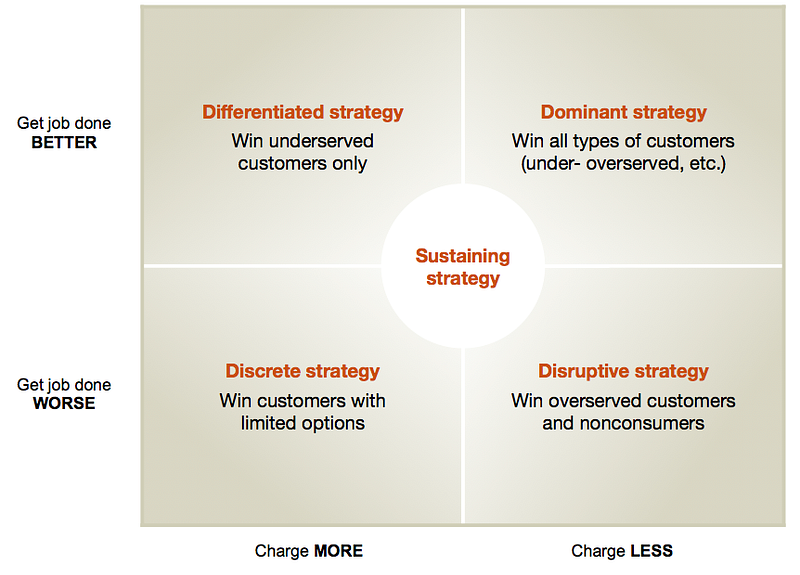Foi desta imagem que me lembrei ao ler "Defining the Customer’s Core Functional Job-to-be-Done":
"Take the customer’s perspective: When defining the core functional job, think about the job from the customer’s perspective, not the company’s.Duas versões diferentes e que merecem reflexão.
...
Don’t overcomplicate it: While the Jobs-to-be-Done Needs Framework is multilayered and complex, a functional job statement is not.
...
Leave emotion and other needs out of it: When defining the core functional job make sure it is defined as a functional job, not as a hybrid functional/emotional/social job. A functional job does not have social and emotional dimensions. The emotional and social jobs related to the core functional job are defined in a series of separate emotional job statements.
Also do not include desired outcomes in the functional job statement. They too must be stated separately. So if the job is to “cut a piece of wood in a straight line”, don’t say “accurately, safely and quickly cut a piece of wood in a straight line”. Accurately, safely and quickly vaguely describe outcomes associated with getting the job done.
...
Define the job, not the situation: Do not define the Job-to-be-Done as a situation that a customer finds himself or herself in. Rather define the job around what the customer decides to do in that situation.
...
Define the job statement in the correct format: A job statement always begins with a verb and is followed by the object of the verb (a noun). The statement should also include a contextual clarifier. In the job statement “listen to music while on the go”, the contextual clarification is made by adding “while on the go” to the job statement. Commuters who stop at quick service restaurant on the way to work are trying to “get breakfast while commuting to work” where “while commuting to work” brings needed context to the statement. Keep this format in mind:"
































